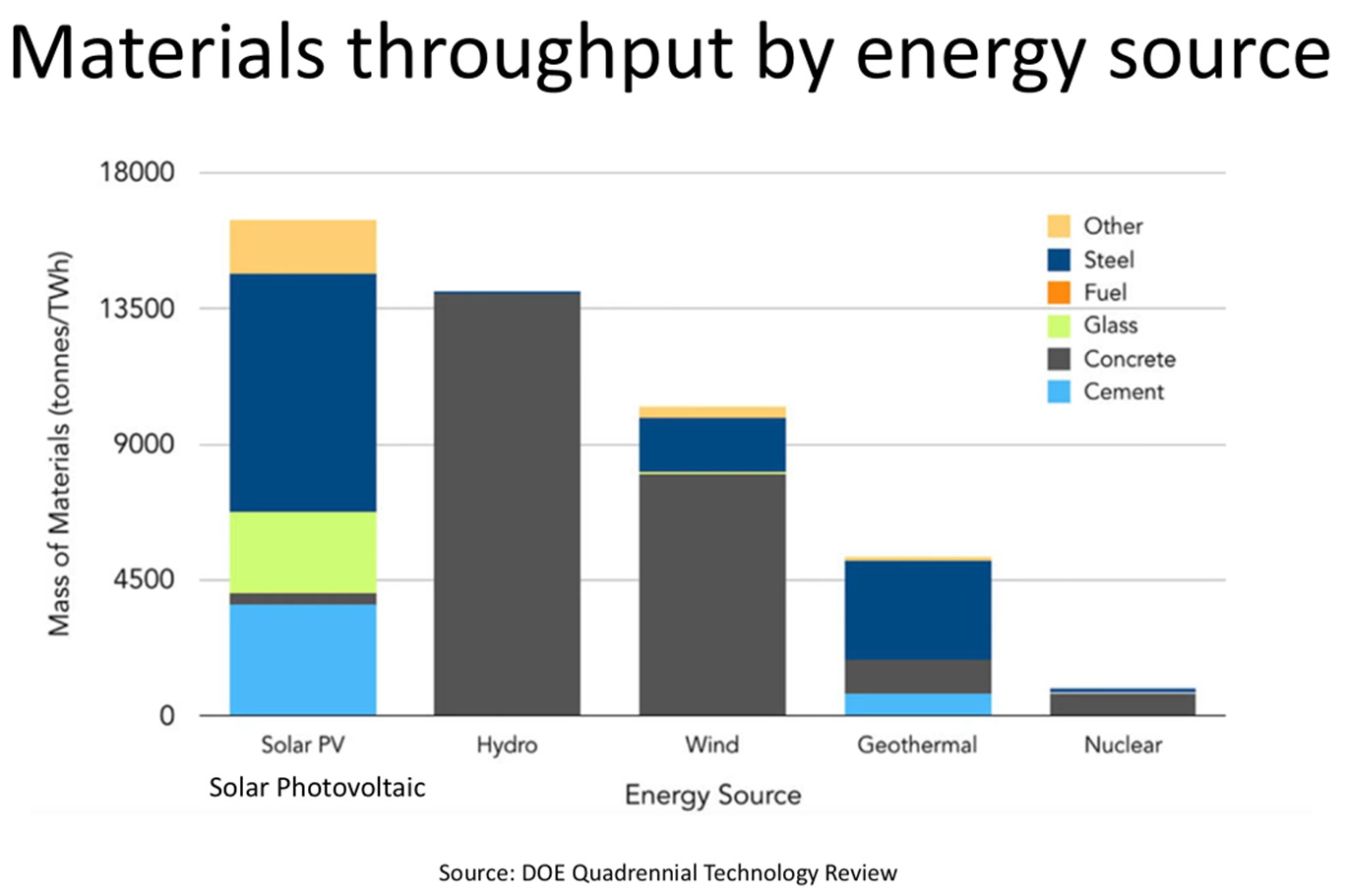The Danger of Hope Alone: Why Waiting Out Climate Change Is a Risk We Can’t Afford
Part 3: The Mirage of Technological Breakthrough
When assessing the effectiveness of any climate-related technology—whether it is already in use or still in development—several critical questions must be considered. The evidence is clear: technology alone cannot protect us from the worst effects of climate change.
Can technology generate energy fast enough to limit global warming to 1.5°C?
To stay below the 1.5°C threshold by 2030, solar power capacity must increase fivefold annually, and wind capacity must triple. Simultaneously, fossil fuel emissions must decline by 6% per year. Additionally, solar and wind are intermittent energy sources—they only generate electricity when the sun shines or the wind blows. As a result, large-scale energy storage is essential to ensure a reliable power supply. Stored energy must be available to feed into the grid during periods of low renewable generation. To meet climate goals, global battery storage capacity must increase sixfold by 2030.
Is carbon removal from the atmosphere a viable solution?
Direct air capture technologies have attracted media attention and are often promoted by the fossil fuel industry. Yet, these systems remain largely unproven, prohibitively expensive, and far from being scalable. A safe, affordable, and widely available carbon removal solution is likely still decades away.
What about nuclear and fusion energy?
Fusion energy has been researched since the 1950s but remains many decades from commercial viability. By contrast, nuclear fission is already operational. It is a low-emission energy source with a strong safety record, but it requires substantial upfront investment and long development timelines.
What are the environmental impacts of clean energy technologies?
All clean energy systems depend on materials that are energy-intensive to produce and generate significant emissions during extraction and processing. Solar energy has the highest material demands, while nuclear energy has the lowest.
Battery production carries a high energy footprint and depends on critical minerals like lithium. Lithium extraction is especially water-intensive, posing serious environmental risks in the arid regions where it typically occurs. This can deprive local communities and ecosystems of essential water resources.
In addition, solar and wind farms require large amounts of land due to the diffuse nature of sunlight and wind. Constructing these facilities can disrupt wildlife habitats and reduce biodiversity.
Solar panels typically last 25–30 years. Global solar panel waste is projected to reach 1.7 to 8 million metric tons by 2030, and as much as 78 million metric tons by 2050. Although 90–95% of a solar panel’s materials can be recycled, the process is currently not cost-effective, and recycling capacity remains limited. Germany and France are leading efforts to mandate and develop recycling infrastructure. However, widespread, economically viable recycling is still 5–10 years away.
Hundreds of thousands of wind turbines are expected to be retired by 2040, requiring expanded recycling capacity within the next 5–15 years. The most challenging components to recycle are the blades, typically made of fiberglass or composite plastics. These materials are large, durable, and non-biodegradable. In contrast, towers and generator housings, mostly made of metal, are easier to recycle. New blade materials are under development to improve recyclability.
Most nuclear waste is stored on-site at reactor facilities in dry casks or cooling pools. The U.S. currently lacks a permanent geological repository for high-level waste. The proposed Yucca Mountain site remains politically stalled. In contrast, Finland, France, and Sweden are progressing with deep geological repositories. Despite public concerns, nuclear waste storage has proven to be safe. Some countries—including France, Russia, and Japan—reprocess spent fuel to recover usable plutonium and uranium, reducing overall waste volume.
In short, while technological innovation is essential in the fight against climate change, it is not a silver bullet. Every proposed solution comes with its own limitations, trade-offs, and environmental costs. These technologies can support a transition to a lower-carbon future, but they cannot substitute for the urgent need to reduce emissions, rethink consumption patterns, and shift societal priorities toward sustainability.
In part 4 we explore what active, grounded hope looks like and how it empowers people to act.




